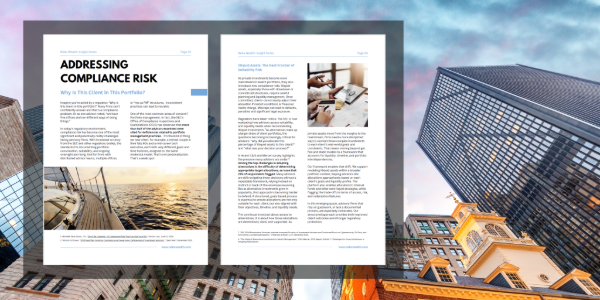A Case Study in Multiperiod Portfolio Optimization: A Classic Problem Revisited
by Martin Tarlie.
Foundational research: Most people in finance and economics mistakenly believe the only way to solve a multi-period optimization problem is to use dynamic programming. Dynamic programming is not wrong, but it is unnecessarily complicated for the use case – what portfolio should I own today?
We derive a technique that is much more practical than dynamic programming as it is far better suited to solving long-horizon problems with multiple assets.






